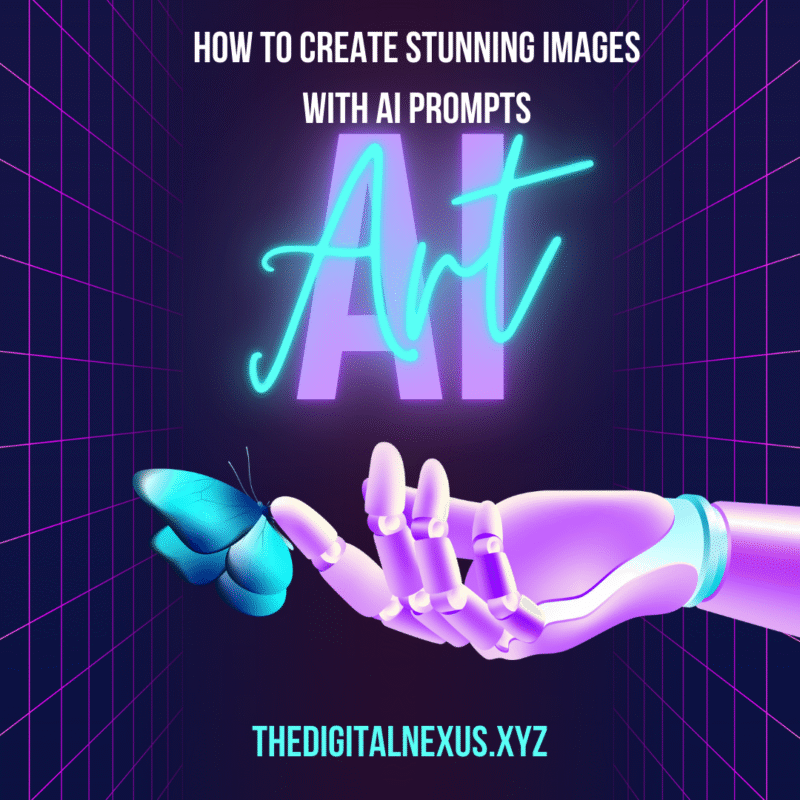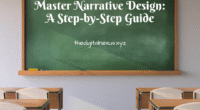Artificial intelligence has fundamentally changed the landscape of digital creation. For photographers, graphic designers, social media users, and artists, AI image generators have opened up a universe of creative possibilities. But the quality of the output—the difference between a muddled mess and a masterpiece—often comes down to a single, crucial skill: writing effective AI prompts.
Think of an AI prompt not as a simple command, but as a conversation with a brilliant, literal-minded artist. You are the director, and your words are the script. This guide will teach you the language of AI art, breaking down the anatomy of a perfect prompt to help you create stunning, professional-quality images every time.
The Anatomy of a Powerful AI Prompt
A great prompt is a recipe with several key ingredients. The more specific you are with each component, the closer the AI will get to your vision.
1. The Subject: The Heart of Your Image
This is the “what” of your image. Be descriptive. Instead of “a dog,” try “a fluffy golden retriever puppy playing in a field of wildflowers.” The more detail you provide, the richer the result.
2. The Style & Medium: Defining the Aesthetic
This is where you control the look and feel. Do you want a photo or a painting? A 3D model or a sketch? Use terms like:
- For Photographers: Photorealistic, portrait photography, wide-angle landscape, macro shot, golden hour lighting, shot on a DSLR with a 50mm lens.
- For Artists: Digital painting, watercolor, oil on canvas, in the style of Van Gogh, concept art, charcoal sketch.
- For Designers: Vector illustration, minimalist logo, 3D render, flat design, isometric view.
3. Composition & Framing: Directing the Camera
Guide the AI’s virtual camera to frame your subject perfectly. Use cinematic and photographic terms like close-up, full-body shot, low-angle shot, bird’s-eye view, or dynamic angle.
4. Lighting: Setting the Mood
Lighting is everything in visual arts. It dictates mood, drama, and focus. Experiment with prompts like cinematic lighting, dramatic backlighting, soft studio lighting, neon glow, or magical fantasy lighting.
5. The Environment: Building the World
Where is your subject? The background adds context and depth. Be specific: “in a bustling cyberpunk city at night,” “on a serene, misty mountain top at dawn,” or “inside a cozy, cluttered library.” For more on world-building, see our guide on narrative design principles.
6. Details & Modifiers: The Final Polish
Add adjectives and keywords that push the quality to the next level. Terms like hyper-detailed, intricate, high resolution, 4K, sharp focus, and vibrant colors can make a significant difference. You can find excellent visual inspiration on platforms like ArtStation.
Prompting Techniques: From Simple to Sophisticated
Let’s put it all together with a few examples.
- Simple Prompt: “A cat.” (Likely to be generic and uninspired).
- Good Prompt: “A photorealistic portrait of a majestic Maine Coon cat with bright green eyes.” (Much better, gives a clear subject and style).
- Professional Prompt: “Photorealistic, dramatic close-up portrait of a majestic Maine Coon cat. Intense green eyes, sharp focus, intricate fur detail, sitting on a velvet cushion in a dimly lit, luxurious room. Cinematic side lighting, high resolution.” (This prompt provides a complete scene, resulting in a unique and compelling image).
Your Prompt Starter Pack
Here are a few prompts to get you started. Use them as templates and modify them to fit your own ideas.
- For a Professional Photo: “Stunning, professional food photography of a stack of blueberry pancakes on a white plate. Dripping with maple syrup, dusted with powdered sugar, morning light streaming from a window, soft focus background, extremely detailed.”
- For a Social Media Selfie: “Selfie of a smiling, beautiful woman with vibrant pink hair, cyberpunk city street at night in the background with neon signs, reflected lights in her sunglasses, dynamic angle, fantasy, hyper-realistic.”
- For a Graphic Design Element: “A minimalist vector logo of a wolf howling at a geometric moon, clean lines, single color, flat design, on a dark background.”
The Art of Iteration
Your first prompt is rarely your last. The key to mastering AI image generation is iteration. Tweak your prompt, change one or two words, and see how the output changes. Regenerate your favorites. This experimental process is where the magic truly happens, turning a simple tool into a powerful extension of your own creativity.
What are the most amazing images you’ve created? What are your go-to keywords for incredible results? Share your favorite prompts and your thoughts in the comments below!
If this guide helped you level up your skills, please share it with other creators, artists, and friends who are ready to explore the new frontier of AI art.



